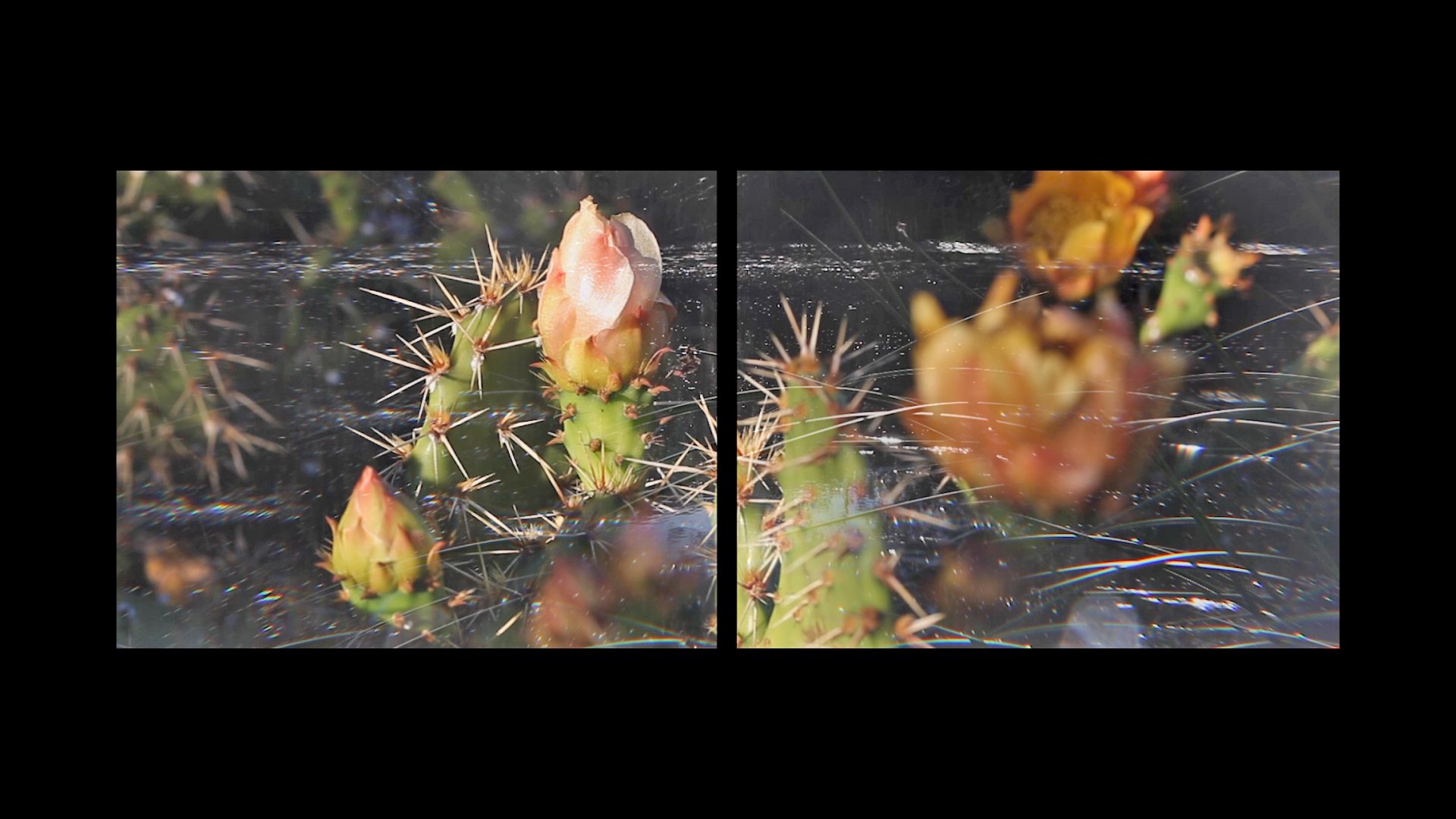The Ballona Waachnga Project
We are training each other in acts of communication we barely understand. We are, constitutively, companion species — Donna Haraway, The Companion Species Manifesto: Dogs, People, and Significant Otherness
Los Angeles’ last wetland, a 577-acre site north of Los Angeles Airport, is called Ballona. The audio-visual project Inside Ballona (Waachnga)explores this last remaining urban marsh – the ancestral land of the Tongva people, emphasizing its crucial role in resisting climate change. The project aims to increase awareness about caring for these endangered areas within today’s cities through photography, film, and sound. Inside Ballona/Waachnga invites scientists, artists, and researchers from various fields.
Before Los Angeles existed, what did the now-L.A. area look like? There's a widespread notion that the area was desert, reflecting worries about the city's dryness and dependence on imported water.
However, historical descriptions of the landscape present a surprising image. They show a diverse environment consisting of wetlands, grassy prairies, and scrublands. Wetlands are dynamic, productive, and resilient ecosystems, similar to rainforests and coral reefs. They are vital homes and nurseries for a variety of fish, birds, and wildlife.
Swamps reuse nutrients like nitrogen and phosphorus, helping plants grow and sustaining diverse life. They play a crucial role in climate moderation by retaining the greenhouse gas carbon within their soil and plant communities. The marsh prevents carbon release into the atmosphere. This is crucial for keeping the climate stable because greenhouse gases trap heat from the sun in the Earth's atmosphere, leading to global warming and climate change.
Thank you to Ballona Wetlands Conservancy, Friends of Ballona Wetlands, and the California Department of Fish & Wildlife
To learn more please visit ballonawaachnga.info
Inside Ballona/Waachnga, ongoing, 2022-2025, Los Angeles, California











































